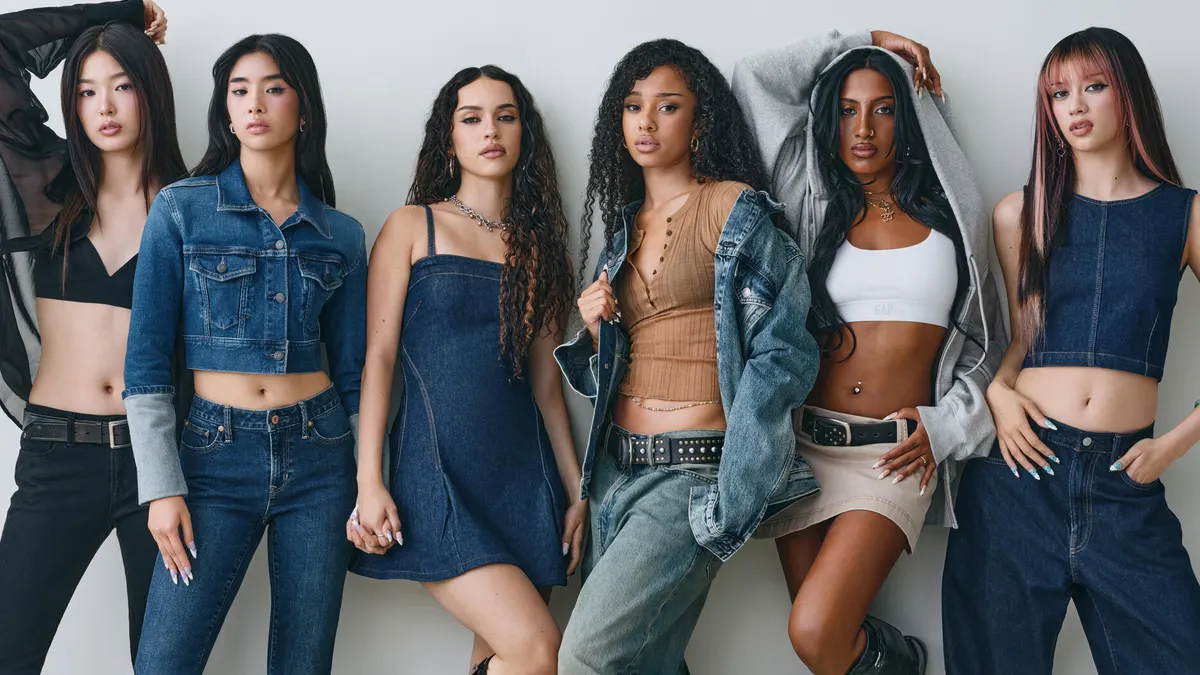The following is a guest post from Aninya Ahluwalia, UX designer at ad agency RPA.
Have you ever found yourself comparing buying insurance to getting an Uber? Or dealt with a flight refund only to wonder why it's not as easy as an Amazon return?
If the answer is yes, welcome to the ubiquitous club of "liquid consumers," where new expectations are set for one industry based on a novel user experience in another. With the ability to have interactions seamlessly across brands on many platforms via the same device, people have unlimited data points to form opinions as they create their own path of content consumption. Today, direct competitors no longer set the bar for a brand's experience; it's the people that demand delivery on their expectations.
To play to the strengths of the plethora of platforms and technology available, turning to design to create a seamless, personalized and relevant experience is the pressing need of the hour. Brands around the world have awakened to this shift in mindset, and while design-driven brands are 69% more likely than their peers to have exceeded their 2017 business goals, the lack of a design-driven mindset in digital marketing and advertising is still one of the biggest challenges today.
Why?
Simply put, marketers are focused on maximizing yield, and with the near-infinite technological abilities that digital advertising provides, they've resorted to targeting users with increasing precision at near-zero cost. However, ads popping up everywhere except at the right place and time has overwhelmed people, making them feel powerless and driving them to opt for ad-free experiences even if it comes at a premium. The advertising ecosystem has put people last and in turn earned a bad name. Read: Ad blockers.
In a world of brands competing on price and conversions, very few leverage exceptional user experience to differentiate themselves. However, the industry is finally waking up to this, and in a 2016 study by the Interactive Advertising Bureau, Kargo and Refinery29, 73% of marketers believe user experience needs to be improved in digital work. The answer is simple: It comes down to the experience, where marketers must provide people with a real value, more choice and control in exchange for their time, attention and data.
So how can this people-first approach shift marketers' data-addicted spray-and-pray mindset?
Commit to transparency. Really
While people's trust in business and media is crumbling, technologies like blockchain are emerging by building platforms and communities on the pillar of transparency. People are not just focused on a product or service anymore, but more on what the brand stands for, how willing they are to engage in a dialogue and how open they are with consumers. Digital giants are taking the lead, with Facebook deprioritizing monetized content and Instagram requiring influencers to be open about paid partnerships.
In this ever-evolving digital economy, the message from people is loud and clear: Be transparent or be ignored. To succeed, marketers need to focus on the human response to transparency. Paying attention to the UX and using it to enhance creative can make that possible. When crafting user journeys, shift the focus from touch points to trust points at all stages of the purchase funnel because the quality of trust is the new competitive advantage. Well-designed user journeys that facilitate clear communication and seamless interaction across multiple touch points are considered "very important" by 71% of marketers globally, according to a 2018 Adobe report, and those that have these are 57% more likely to have significantly surpassed their 2017 business goals.
Make data-driven personalization a priority
Data, personalization and mobile are three interdependent potentials that are largely shaping the liquid consumer's digital experiences. The Adobe research shows that 36% of marketers and 40% of their agency counterparts prioritize "delivering personalized experiences in real time" in 2018. This means focusing on techniques like analytics, dynamic content and programmatic ad generation and buying to understand people's needs better in order to serve them deeper, more personalized experiences before indulging in more immersive and futuristic experiences like virtual reality. In a mobile-first world, this approach particularly serves marketers who have access to people's personal moments and can leverage content that speaks directly to them. However, without a solid foundation in data and analytics, the experience on mobile is heavily compromised. And getting design right on mobile with contextual relevance, creative quality and responsive design is critical to success.
Collaborative advocacy is essential
With the shift in mindset from broadcast-centric thinking to design-centric thinking, the age-old debate that marketers want to "persuade" people while UX is the "true advocate of people" doesn't hold ground anymore. There is, therefore, greater value in marketers, strategists, creatives and UX being equal advocates of the liquid consumer. Serving them requires developing end-to-end experiences that meet their needs at each stage. This means navigating pitfalls along the way together and creating engaging content that serves as the connective tissue between them and the brand across all platforms. To achieve this cross-channel success, it's vital that we combine forces to redefine storytelling in digital marketing.
Marketing has come a long way since the days of "Mad Men" when marketers would seek to influence purchase behaviors through what was largely the brand's monologue. Today, marketing has a new definition. It's dynamic, personalized and, most importantly, a dialogue that aims to mobilize cultures. People-first thinking is a game changer in 2018, and brands that rise to the occasion will prevail.


















